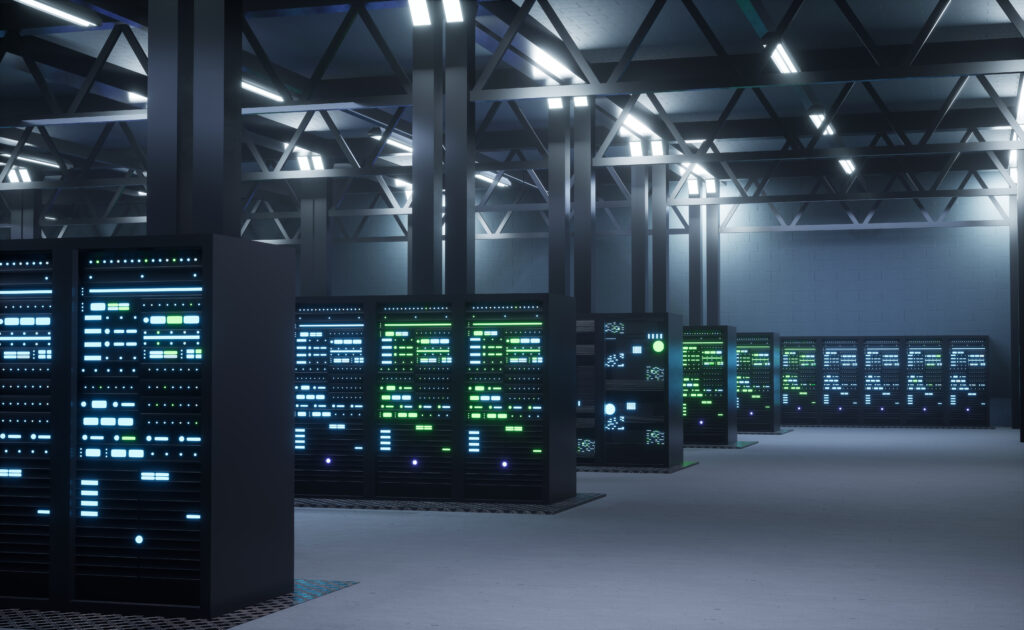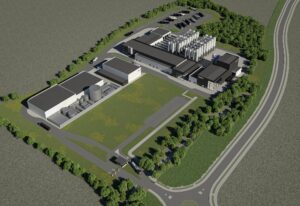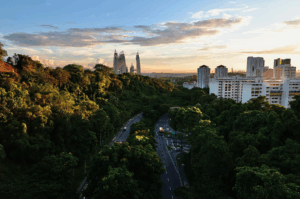Malaysia Data Centre
The implementation of siphonic drainage at this Johor data centre not only ensures rapid rainwater removal but also provides superior protection against extreme rainfall events.
-
ProjectMalaysia Data Centre
-
ClientAirTrunk
-
LocationJohor, Malaysia
-
ContractorLeightons, Asia
-
Drainage SystemValsir RainPlus Siphonic System
-
ScopeExternal Siphonic Drainage
Project Overview
Capcon Engineering has successfully completed the design of an external siphonic drainage system for a state-of-the-art data centre in Johor, Malaysia, and is currently carrying out the installation on site. Data centres are critical infrastructure projects and a highly efficient and reliable rainwater drainage system is an essential part of maintaining uninterrupted operations. Whilst a gravity system is sometimes adequate, a siphonic drainage system is often the optimal solution especially when it comes to effectively handling large rainfall events typical of tropical climates and monsoon weather patterns in this region.
Climate & Rainfall Intensity
- Situated in Southeast Asia, Malaysia experiences heavy and intense rainfall, especially during its monsoon seasons.
- Malaysia’s climate is marked by high volumes of rain that can place significant pressure on the structural integrity of large-scale buildings with extensive roof areas.
- A siphonic system can rapidly remove large volumes of rainwater from these expansive roof surfaces ensuring redundancy and protection against extreme weather events.
Siphonic System Design & Performance
- The rainwater drainage system employed on this data centre project uses Valsir’s RainPlus Siphonic System, specifically engineered to handle the region's frequent and intense rainfall events.
- Unlike traditional gravity-based systems, siphonic drainage enables rapid water removal from large roof surfaces with smaller diameter pipework running at zero gradient.
- The siphonic system operates by inducing a vacuum effect so that the full diameter of the pipework is utilised resulting in a highly efficient, rapid velocity drainage process.
- A traditional gravity system requires larger diameter pipes running at a slope to facilitate gravity induced water flow - the result is much more space required and slower drainage action.
Key Design Considerations:
-
External Siphonic DrainageDue to the limited internal space for piping within the data centre, the system was designed to be entirely external. This approach not only preserved valuable interior space for critical data infrastructure but also ensured that water was efficiently collected and transported away from the building, protecting sensitive equipment from potential water ingress.
-
Direct Termination at CulvertsThe siphonic drainage system collects rainwater from the roof and channels it through external pipes, terminating directly at the site’s designated culverts. This efficient discharge method reduces the risk of flooding and ensures seamless integration with the site’s broader drainage infrastructure.
Overcoming Site Constraints
- Data centres often have strict requirements regarding the location and volume of service infrastructure. In this project, the design had to ensure that no rainwater pipework would interfere with sensitive operations.
- Additionally, the siphonic system minimised the need for extensive below-ground drainage, a critical factor given the limited available space and the client’s request to avoid routing rainwater services through key infrastructure zones.
- By designing the system to minimise below-ground drainage and terminate directly at external culverts, Capcon was able to meet the project’s architectural and operational constraints while also ensuring that all rainwater was efficiently managed and removed from the site.
Local Regulations and Compliance
- Rainwater drainage systems in Malaysia adhere to regulatory standards based on the British Standards BS 12056-3:2000 and BS 8490:2007 and the siphonic drainage system designed for this Johor data centre naturally complies with these standards. It’s worth noting, the rainfall intensity in Malaysia is more than double that of most UK and EU locations, so local rainfall levels are always taken into account in the design of any rainwater drainage system.
- Additionally, the design meets the MSMA II (Manual Saliran Mesra Alam) Chapter 6 requirements for managing catchment areas, ensuring the system’s performance in alignment with local environmental standards. The system is also fully certified under the TUV SUD PSB & SIRIM regulations, providing further assurance of quality, compliance, and safety for the facility.
Managing Extreme Rainfall Events
- The implementation of siphonic drainage at this Johor data centre not only ensures rapid rainwater removal but also provides superior protection against extreme rainfall events. Rapid drainage of large volumes of water from roof areas is critical in preventing water accumulation and potential danger of damage to the structure of the building.
Results
Capcon’s expertise in siphonic drainage solutions, combined with its experience in managing complex, large-scale projects in all weather scenarios makes us an ideal partner at the early stages of project design. By utilising an external siphonic system, Capcon ensured that the facility could handle the region’s heavy rainfall with minimal disruption to its critical operations.
If you manage large logistics facilities, these insights are equally relevant for preventing warehouse floods.
Image of DC for illustrative purposes only.






